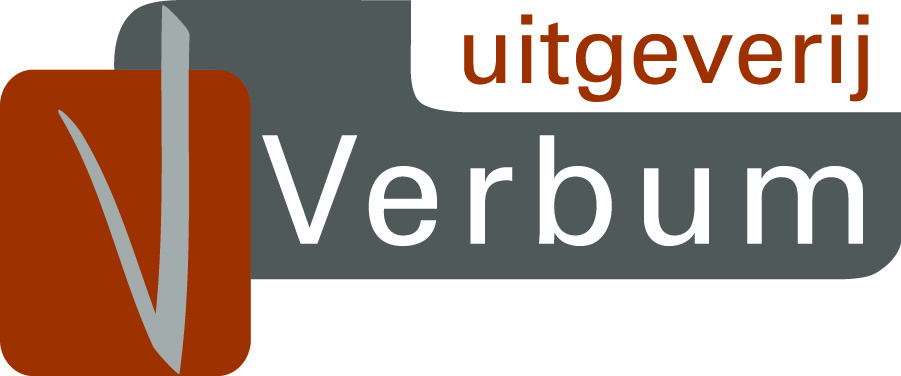Don Quixote meets Adolf Hitler – English version
Thomas Weber, 4 september 2018
Don Quixote would have enjoyed Bart F.M. Droog’s letter to the editor of de Volkskrant of 3 September (“‘Autobiografie’ Hitler is wel betwist”). His letter relates to the publication of Adolf Hitler: Zijn leven, zijn redevoeringen, in which I identify Hitler as the very likely secret author of the biographical sketch included in the book.
Droog informs his readers that the text in question contains too little information about Hitler’s life to be either a biography or an autobiography. But what else would a chapter-long account of Hitler’s life from the time he arrived in Vienna to the date of publication be than – as I put it alternately in my ‘Inleiding’ – a “short autobiography” or an “autobiographical sketch”? Will Droog next challenge that Vermeer’s ‘Girl with a Flute’ is not really a painting as it is too small to qualify as a painting?
Droog also feels a need to refer his readers to articles published by The New York Times and Die Welt to suggest that my “sensationele en niet waterdicht” claim of Hitler’s authorship of Adolf Hitler: Zijn leven, zijn redevoeringen has been contested. When have I ever described my work and my findings as “sensational”? In fact, in my introduction to the book, published by Uitgeverij Verbum, I share my initial skepticism that the biographical part of the book really was authored by Hitler. I continue to present all the pieces of evidence available to us and explain why I ultimately consider them pointing toward an authorship of Hitler. This is why the publishing house’s press release quotes me as saying that it was “bijna zeker” that Hitler himself wrote the biographical sketch. My approach has always been cautious and a good deal less sensationalist than Bart Droog’s own letter. It is bizarre that Droog would point to The New York Times to contradict my research. It was, in fact, through the NYT that I broke the story of my findings in the first instance. And the statements of the Hitler experts quoted by the NYT are well in line with my own. Furthermore, the Die Welt article refuted the doubts that an Austrian high school teacher had expressed about my findings. In short, The New York Times and Die Welt articles support, rather than refute my reading of Adolf Hitler: Zijn leven, zijn redevoeringen.
Bizarrely Droog also writes that one of my pieces of evidence includes a “statutory declaration given under oath”, adding “Zo’n ‘beëdiging’ zegt absoluut niets over de inhoud of waarheid van de afgelegde verklaring”. Whether or not the declaration was “given under oath” is really of secondary importance. The important point is that here is a declaration of the widow of the original publisher confirming Hitler’s authorship. Rather than fighting windmills, Droog may have discussed who the author of the hundreds of words added to the original Hitler speeches included in the book is. Does he really think that Hitler would have allowed anyone other than himself to add hundreds of words to his speeches?
After its initial very positive covering of the publication of Adolf Hitler: Zijn leven, zijn redevoeringen (Eerste, heimelijke autobiografie Hitler vanaf zaterdag in de winkels, 24 August), de Volkskrant also published another article concluding that “maar meer dan een curiosum is het boekje niet.”(Week in Boeken: de autobiografie van Hitler, 31 August). The article’s author, Sander van Walsum, is of course entitled to his opinion. Yet one may ask how a book that forms the nucleus of Mein Kampf can be described as but a “curiosity”. The book creates a semi-fictional politically expedient version of Hitler’s life that has been so persistent that we are still in thrall of Hitler’s lies and hence continue to look for the wrong warning signs in detecting new Hitlers.
It is also worth noting that the New York Times article to which Droog refers quotes a Hitler expert as saying that the book “is important because it shows that Hitler thought about himself as the ‘German savior’ as early as 1923.” One may add that the book, and Hitler’s role in putting it together, challenges the conventional view that Hitler began his political career believing that he was merely the drummer for more powerful leaders, and only much later started to himself Germany’s future leader. The book demonstrates how Hitler very cleverly created a space for himself in a political environment in which normally there would have been no opening for someone like him. The book thus changes our understanding of how Hitler could emerge as a political leader and provides lessons for the future. At a time of a new yearning for strongmen, Adolf Hitler: Zijn leven, zijn redevoeringen reveals how demagogues exploit the expectations of the population to create a space for themselves, to make themselves politically relevant, and ultimately attempt to sink the world they live in.
Professor Thomas Weber
University of Aberdeen
